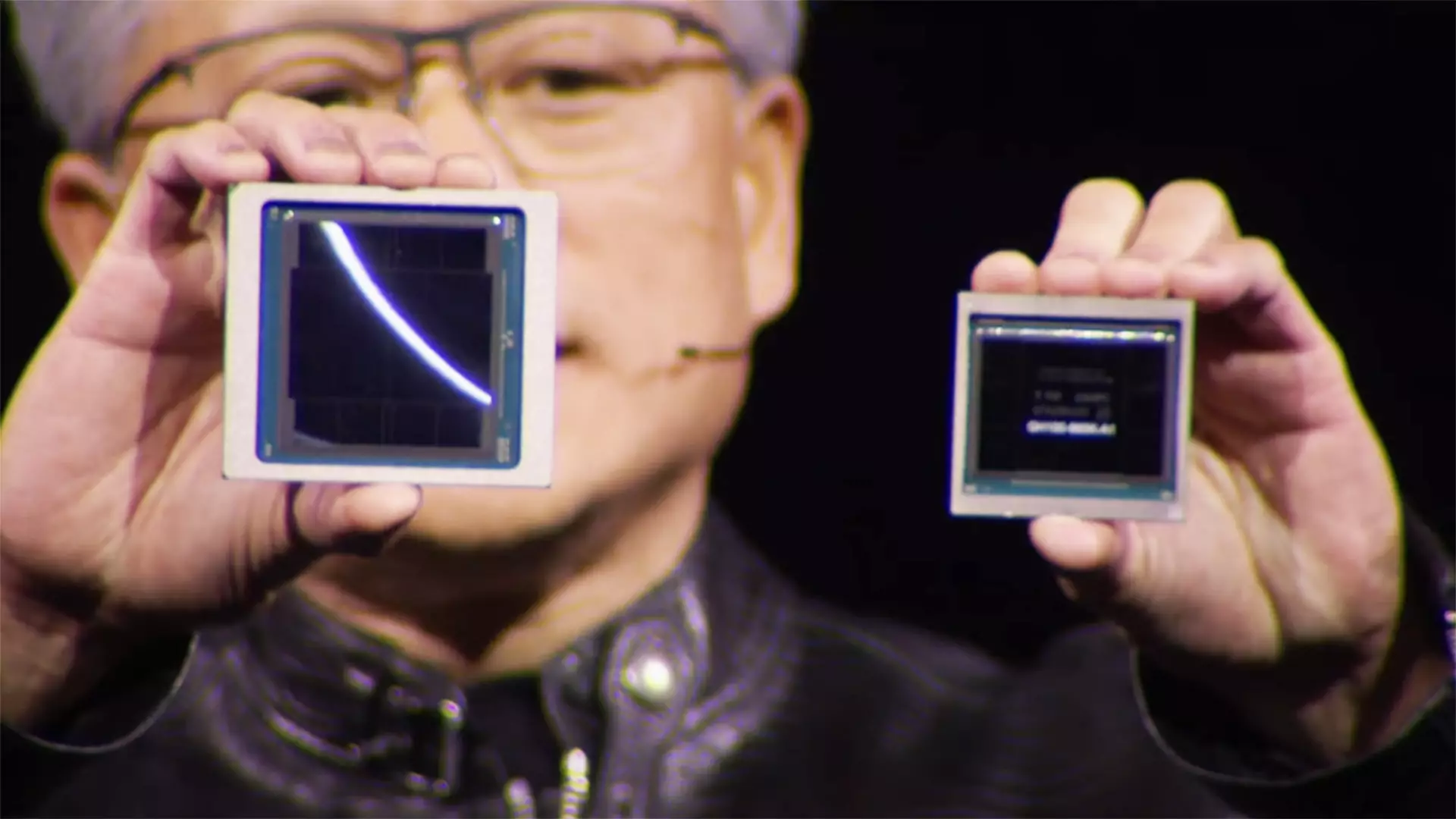In recent years, the U.S.-China tech rivalry has escalated into a complex battlefield, where the most significant shots are fired through export restrictions and intellectual property battles. Nvidia, a titan in the semiconductor industry, has been vocal about the ramifications of these restrictions, particularly regarding their impact on AI innovation. While the company has previously discussed the broader implications of these limitations, it is becoming increasingly direct in criticizing the U.S. government’s stance. Nvidia’s chief scientist, Bill Dally, recently noted that the surge of AI talent flowing to China, notably within companies like Huawei, is a direct consequence of American export policies. This statement marks a strategic turning point for Nvidia, as it attempts to highlight the potential backfire of such restrictions for the U.S. itself.
The statistics presented by Dally are compelling; he claims that the proportion of AI researchers in China has ballooned from one-third to nearly half in under five years. This growth isn’t just a measure of academic progress; it fundamentally alters the dynamic of global AI research and development. The New Cold War over technology is not simply a geopolitical chess match; it has tangible effects on innovation and competitiveness. Dally’s observations telescope into larger questions about the long-term sustainability of maintaining the U.S.’s technological edge.
The Huawei Factor: A New Era of Domestic Innovation
Dally’s concerns center specifically around Huawei, a company that is often vilified in the United States for its ties to the Chinese government. However, the real story here is not merely about Huawei but rather the implication that U.S. restrictions have inadvertently catalyzed a robust domestic AI industry within China. With the encouragement of the U.S. export limitations, Huawei has ostensibly stepped up its investments in homegrown technologies, utilizing ex-Nvidia talent to do so. This “poaching” of intellectual capital signals a shift that could position Chinese firms as formidable players not just in innovation but in market share as well.
Huawei’s advancements, particularly their Ascend chips—which operate efficiently under the auspices of SMIC—are indicative of a longer-term strategy. Rather than remaining dependent on foreign technology, companies like Huawei are embracing a self-sufficient model, potentially diminishing the influence of American firms in critical areas of technology. Nvidia’s acknowledgment of this shift is not mere corporate rhetoric; it’s a clarion call that the U.S. tech industry must reckon with the evolving landscape of global AI competition.
Financial Fallout: The Cost of Restrictions for Nvidia
While Nvidia raises alarms about the potential decline in U.S. technological supremacy, there are substantial financial motivations underlying its argument. The company has already felt the sting of these export restrictions, projecting losses amounting to $8 billion in just one fiscal quarter due to restrictions on its H20 chips in China. These figures tell a story of a substantial economic impact, showcasing just how intertwined corporate success and governmental policies are in today’s world. With the emergence of rival technologies, Nvidia’s leadership is compelled to frame these restrictions not only as a national security issue but also as an existential threat to its bottom line.
The irony here is palpable; the restrictions that were meant to stifle competition may, in fact, be fostering an environment where alternatives to Nvidia’s offerings flourish. Companies that were once reliant on Nvidia’s technological prowess might soon leapfrog the competition entirely—presupposing that innovation continues unabated in these newly energized rivals.
The Irony of Competition: Nvidia’s Own Tactics
Interestingly, Nvidia’s position on poaching talent may have a tinge of hypocrisy. The company is not above enticing employees from its competitors, notably TSMC, with lucrative job offers. As corporations traverse the murky waters of ethical business practices, the irony is evident: in a climate where knowledge and innovation are commodities, how can one complain about the move of intellectual capital when engaged in similar practices?
Nvidia’s concerns about Huawei and the broader Chinese tech ecosystem signal a recognition that the company needs to adapt, not only to compete against rival firms but to re-invent its own narrative in an ever-evolving market. As the competition heats up, both domestically and internationally, companies like Nvidia must grapple with the ramifications of their own strategies while also navigating the shifting landscape shaped by government policies and media portrayals.
In this high-stakes game of technological chess, the landscape is changing rapidly, and with every move, the players must be acutely aware of both the opportunities and the challenges that lie ahead.


Leave a Reply